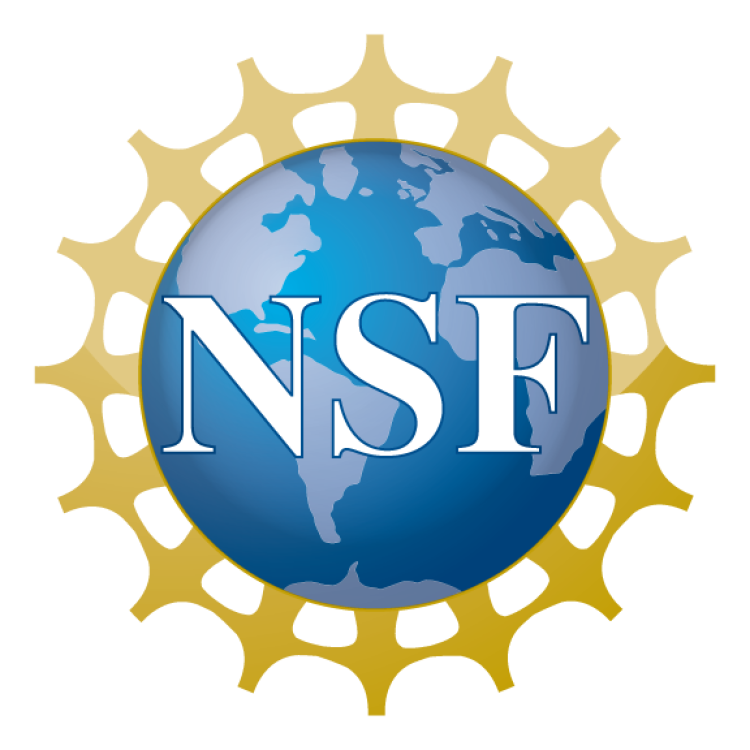28 students earn major NSF Graduate Research Fellowships

These prestigious awards recognize and support outstanding grad students from across the country in science, technology, engineering and mathematics (STEM) fields who are pursuing research-based master’s and doctoral degrees and have strong potential to become leaders in their fields.
Awardees receive a $37,000 annual stipend and cost of education allowance for the next three years as well as professional development opportunities.
CU Boulder ranks 11th among universities in the United States for NSF Graduate Research Fellowship recipients for 2023, with 43 awardees across all majors. CU Engineering also has a strong track record with winning the fellowships — 23 students received GRFPs in 2022, and 26 students received them in 2021.
Categories: Students

